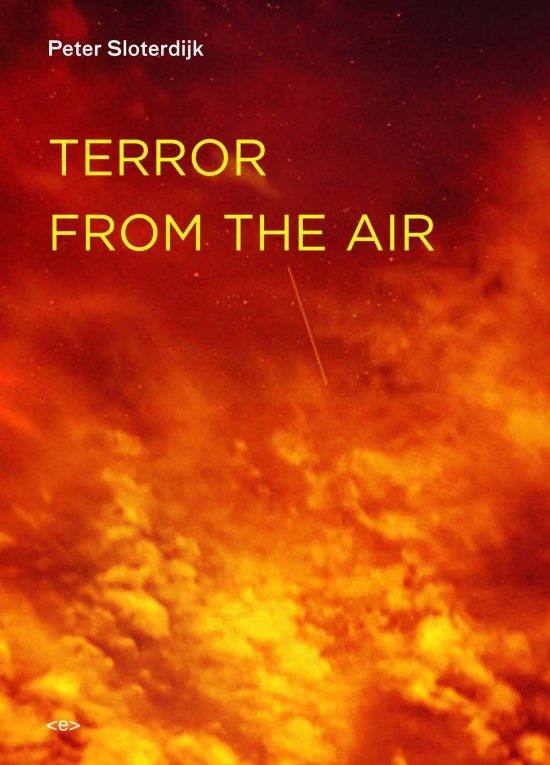Luftbeben
Für Peter Sloterdijk beginnt die Moderne in jenem Moment in Ypern (1. Weltkrieg, 1915), als der Mensch seine Umwelt aus der Perspektive ihrer Zerstörbarkeit in mehrfacher Hinsicht neu erblickt und verstanden hat. Er beschreibt die Modernen als einen Angriff auf alles, was wir für selbstverständlich oder gegeben halten. Allen voran der Terror, der von Menschen ausgeht und das Territorium durch »atmoterroristische« Interventionen unbewohnbar macht. Interessant und erwähnenswert ist dieses Buch aus meiner Sicht, weil es nüchtern herausarbeitet, in welch unreflektiertem Eifer das Design durch »atmotechnische Innovationen« (hier: Gasmasken u.a.) Abhilfe zu schaffen wusste. Sloterdijk bereichert das Argumentarium einer so notwendigen Designfolgenabschätzung, indem er darlegt, wie die verkreuzten Sinnzusammenhänge unserer Arbeit unsichtbar gestellt werden. Trotz allem Reden über die reflektierten Praktiker (verwiesen sei hier das Buch des Philosophen und Stadtplaners Donald Schön, »The Reflective Practitioner« und die immense, anhaltende Resonanz aus dem Design) passiert dies immer wieder — bis heute.
Terror from the air
For Peter Sloterdijk, modernity begins in the moment in Ypres (1915), when man has seen and understood his environment anew from the perspective of its destructibility in several respects. He describes modernity as an attack on everything we take for granted or given. Above all, the terror that emanates from human beings and makes the territory uninhabitable through “atmoterrorist” interventions. This book is interesting and worth mentioning from my point of view, because it soberly works out in what unthinking zeal the design was able to remedy through “atmotechnical innovations” (here: gas masks, etc.). Sloterdijk enriches the arguments of such a necessary design-impact-assessment by explaining how the contexts of our work are made invisible. Despite all the talk about the reflected practitioners (note the book by the philosopher and urban planner Donald Schön, “The Reflective Practitioner” and the immense, lasting resonance from the design) this happens again and again – until today.
»If I asked to say in a single sentence and as few words as possible what, apart from its incommensurable achievements in the arts, the 20th century introduced into the history of civilization by way of singular and incomparable features, the response would emerge with three criteria. Anybody wanting to grasp the originality of the era has to consider: the practice of terrorism, the concept of product design, and environmental thinking. With the first, enemy interaction was established on a post militaristic basis; with the second functionalism was enabled to re-connect to the world of perception; and with the third, phenomena of life and knowledge became more profoundly linked than ever before. Taken together, all three mark an acceleration in “explication.’’ In other words: the revealing-inclusion of the background givens underlying manifest operations.«



